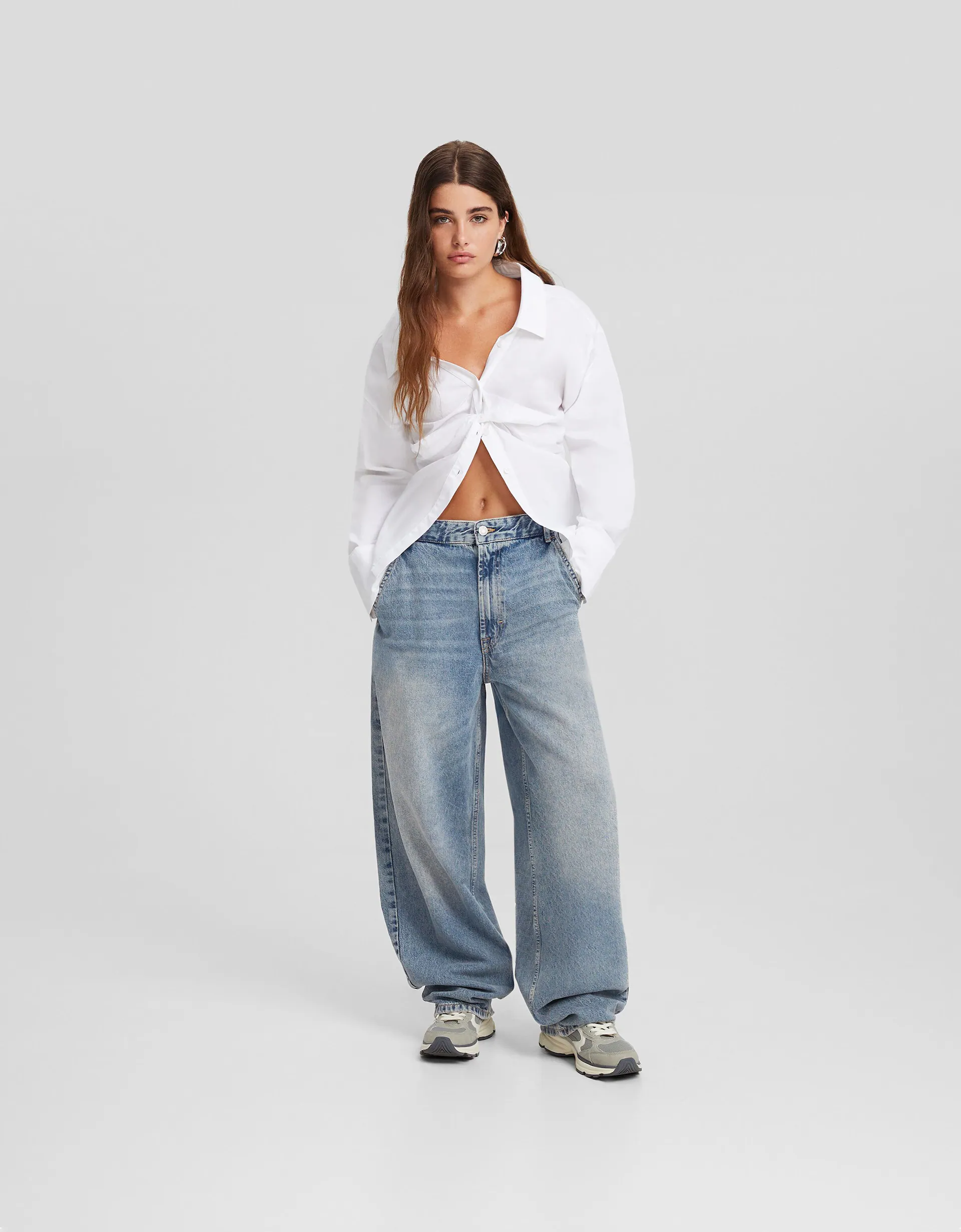
Introduction
Jeans beans have a rich history that spans over a century, evolving from humble workwear for laborers to a timeless fashion staple worn by people around the world. The journey of jeans reflects not only changes in clothing trends but also societal shifts and cultural influences. From their practical origins to their iconic status in the fashion industry, jeans have undergone a remarkable transformation that has made them a symbol of durability, versatility, and style.
The story of jeans begins in the mid-19th century when they were created as sturdy trousers for miners, cowboys, and laborers in the American West. Levi Strauss, a German immigrant, is often credited with inventing the first pair of blue jeans in 1873 by using durable denim fabric and copper rivets to reinforce the seams. These early jeans, known as “waist overalls,” were designed to withstand the rigors of manual labor and quickly gained popularity for their durability and functionality.
As the 20th century progressed
Jeans underwent a shift from workwear to casual attire, thanks in part to their association with youth culture and rebellion. In the 1950s and 1960s, jeans became synonymous with teenage rebellion and non-conformity, fueled by their adoption by Hollywood stars like James Dean and Marlon Brando in iconic films such as “Rebel Without a Cause” and “The Wild One.” The rugged, rebellious image of jeans captured the imagination of the younger generation and propelled them into mainstream fashion.
The 1970s marked a turning point for jeans as they transitioned from a symbol of counterculture to a fashion statement embraced by people of all ages and backgrounds. Designers began experimenting with different cuts, washes, and styles, leading to the emergence of bell-bottoms, flared jeans, and designer denim brands. The introduction of stretch denim and innovative manufacturing techniques further expanded the appeal of jeans, making them more comfortable and flattering for a wider range of body types.
By the 1980s and 1990s
Jeans had firmly cemented their place in the fashion world as a versatile wardrobe staple that could be dressed up or down for any occasion. High-end designers like Calvin Klein and Ralph Lauren incorporated denim into their collections, elevating jeans to a luxury item coveted by fashion-conscious consumers. The rise of supermodels and celebrities wearing jeans on red carpets and magazine covers further solidified their status as a fashion must-have.
In the 21st century
Jeans continue to evolve with the times, reflecting changing tastes and trends in the fashion industry. Skinny jeans, boyfriend jeans, distressed denim, and vintage-inspired styles have all enjoyed moments in the spotlight, catering to diverse preferences and aesthetics. Sustainable and ethical denim production has also gained prominence, with eco-friendly brands offering organic cotton and recycled materials to reduce the environmental impact of jean manufacturing.
Conclusion
Today, jeans are more than just a piece of clothing—they are a cultural phenomenon that transcends borders and generations. Whether dressed up with a blazer and heels or paired with a t-shirt and sneakers, jeans remain a versatile and enduring wardrobe essential that embodies the spirit of individuality, authenticity, and self-expression. From their humble beginnings as workwear to their current status as a global fashion staple, the evolution of jeans reflects the enduring appeal of a garment that has stood the test of time.
